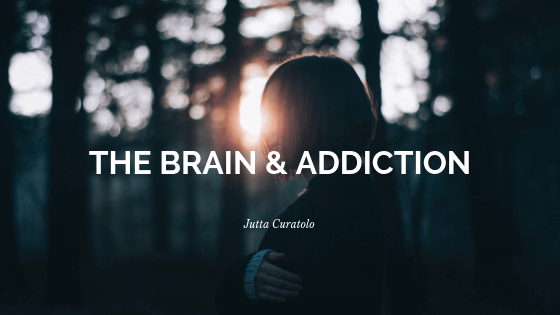Addiction is a word that comes from the Latin term “enslaved by” or “bound to.” That is what the brain experiences when it has created a dependency on a substance that is unnatural to the general makeup of the body. This comes in three distinct forms, cravings, loss of control over the use, and the continued involvement with something regardless of the consequences associated with it. Many people have studied the brain and how addiction controls it, but with 1 out of every 10 people suffering from some form of addiction, there must be further discussion and research done to make a dent in the understanding of the brain.
The brain as complex as it is measures all forms of pleasure the same exact way. Whether it is the pleasure of eating chocolate after a long day at work or picking up a drink, the neurotransmitter will release dopamine into the brain and give you the same feeling. The feeling of dopamine can be addictive, which makes your body and mind crave more of what you previously had. That is the first step of addiction, craving something in order to receive the same feeling that you had before. When one is addicted to drugs, the way they are consumed has the ability to change how fast you crave it a second time. Drugs that are injected versus swallowed produce a stronger dopamine signal to the brain.
Dopamine not only has the ability to create craving but influence how much you actually like something and your need to try it again. It is the reward circuit in your brain that includes motivation and memory, and substances are able to activate that same circuit and overload it. This process motivates the individual to seek out the source of pleasure.
Your brain and body then build a tolerance, which makes your addiction less pleasurable because you are no longer getting enough. Your brain receptors will then become overworked and produce less dopamine, this leads people to take to more of the substances to receive the same pleasures as they did when they first started. This effect is known as tolerance.
Your compulsion to the substance then takes over. The hippocampus and the amygdala store information about environmental cues associated with the desired substance, so that it can be located again. When a person’s brain recognizes certain cues, these memories will create a conditioned response and an intense craving. Conditioned learning is the reason why the brain will crave something that it has not had in a while, for example, a sober individual being around a drink after many years of sobriety.
The brain is a miraculous organ and is the entire structure of our life. We must protect it from substances that are designed to trick it into thinking we need something that we do not. Addiction can affect anyone, and it is up to us to share the dangers of it so that others do not suffer the ultimate consequence of becoming dependant on a life-altering substance.


